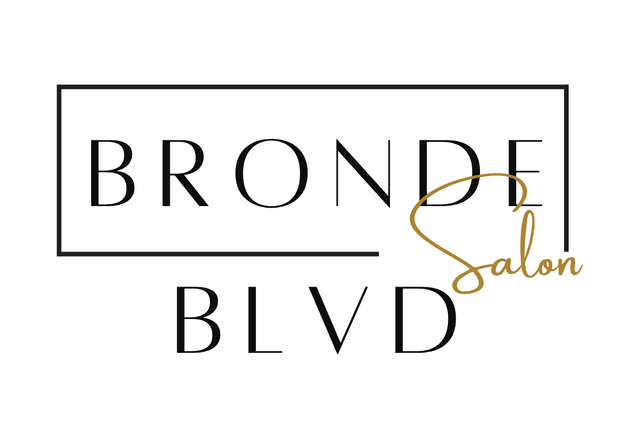Navigating Hair Color Changes As We Age

Introduction
As we gracefully transition into the golden years of our lives, many noticeable changes occur, one of which is the alteration of our hair color. Understanding these changes is essential as it helps us to confidently embrace the natural progression of aging while maintaining our unique style and preferences.
Understanding Age-Related Hair Changes
The change in hair color as we grow older is a normal part of aging. Our hair follicles contain pigment cells known as melanin. As we age, these cells gradually die off, leading to less pigment production and ultimately, changes in hair color, often turning it gray or white.
This process is different from dying your hair. While dying hair involves artificially changing the hair’s color using chemical treatments, age-related color changes are a natural biological process that occurs over time.
Common hair color changes with age include graying, where hair turns from its original color to a silver-gray hue, and whitening, where hair eventually turns completely white.
Considerations for Hair Color Changes in Middle Age
While middle age brings the opportunity to experiment with new looks and styles, there are certain factors to consider before deciding on a hair color change.
The benefits of changing your hair color at this stage can include boosting your confidence, revitalizing your look, or even covering up grays if you choose. However, challenges can arise such as increased hair dryness or damage due to excessive use of bleach.
Before making a decision, consider the health of your hair. Regular lightening services can lead to dryness and damage, especially if your hair is already weak or brittle. Therefore, maintaining a routine that strengthens and hydrates your hair is vital.
Your skin tone also plays a key role in choosing the right hair color. Certain shades complement specific skin tones better than others. A professional stylist can help you select a color that will enhance your natural beauty.

Different Hair Color Options for Aging Women
There are numerous hair color trends for mature women, from embracing the natural graying process to experimenting with bold and vibrant shades. For instance, balayage, where natural tones are blended with your gray hair, is quite popular.
Professional hair colorists play a crucial role in providing expert advice and achieving desired results. They can help you understand what colors suit you best and provide treatments that minimize damage to your hair.
DIY hair color kits are also an option. They can be cost-effective and convenient, but the results may not be as professional, and there’s a risk of damaging your hair if not done correctly.
You can also choose between semi-permanent and permanent hair colors. Semi-permanent colors gradually wash out over time and typically last for about six weeks, while permanent colors last until your hair grows out or you decide to change the color.
How to Maintain Hair Color as You Age
Maintaining your chosen hair color as you age requires regular care. This includes using color-protective shampoos and conditioners, avoiding excessive heat styling, and getting regular trims to keep your hair looking fresh.
There are many products available that help preserve hair color and keep your hair healthy. These include color-protective serums and masks, deep conditioning treatments, and heat protectant sprays.
Maintaining a regular hair care routine is also essential. This includes regular shampooing, conditioning, deep conditioning, and trimming.
Conclusion
Navigating hair color changes as we age may seem daunting at first. However, understanding the process and considering key factors such as the health of your hair, your skin tone, and your personal style can make the journey much easier.
Embrace the aging process with grace and confidence. Remember that each stage of life brings its own beauty – it’s all about finding what suits you best and amplifying that unique beauty!
FAQs
1. Why does hair change color as we age?
Hair changes color as we age due to the decrease in melanin production in our hair follicles. This leads to hair turning gray and eventually white.
2. What factors should I consider before changing my hair color in middle age?
Consider the health of your hair, your skin tone, and the level of maintenance required for the chosen color before making a decision.
3. Is it safe to color my hair frequently as I age?
Frequent coloring can lead to dryness and damage, only if you’re using bleach. Permanent color is conditioning and does not cause any damage! . It’s advisable to maintain a routine that strengthens and hydrates your hair.
4. How can I maintain my hair color as I age?
Use color-protective shampoos and conditioners, avoid excessive heat styling, get regular trims, and maintain a regular hair care routine.null
